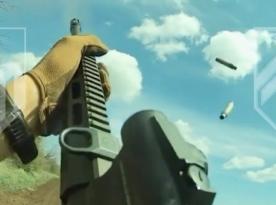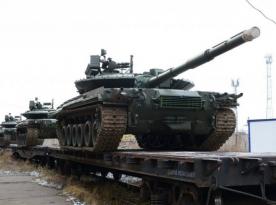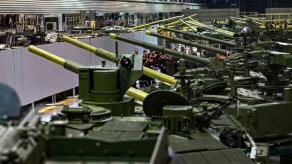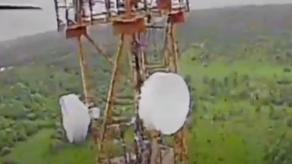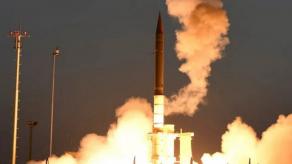The Indian Army is drawing lessons from russia’s full-scale war against Ukraine in its own way, particularly regarding the dominance of drones on the battlefield and their increasing threat to armored vehicles.
In response to this trend, India plans to equip its BMP-2 infantry fighting vehicles with 30mm programmable ammunition for their 2A42 automatic cannons, aka airburst capability. The smart rounds will be designed specifically to counter reconnaissance and suicide drones, according to Polish outlet ZBiAM.
Read more: Swedish Norma Finds the Best Shotgun Round Against FPV Drones: Which # They Chose and Another Key Factor
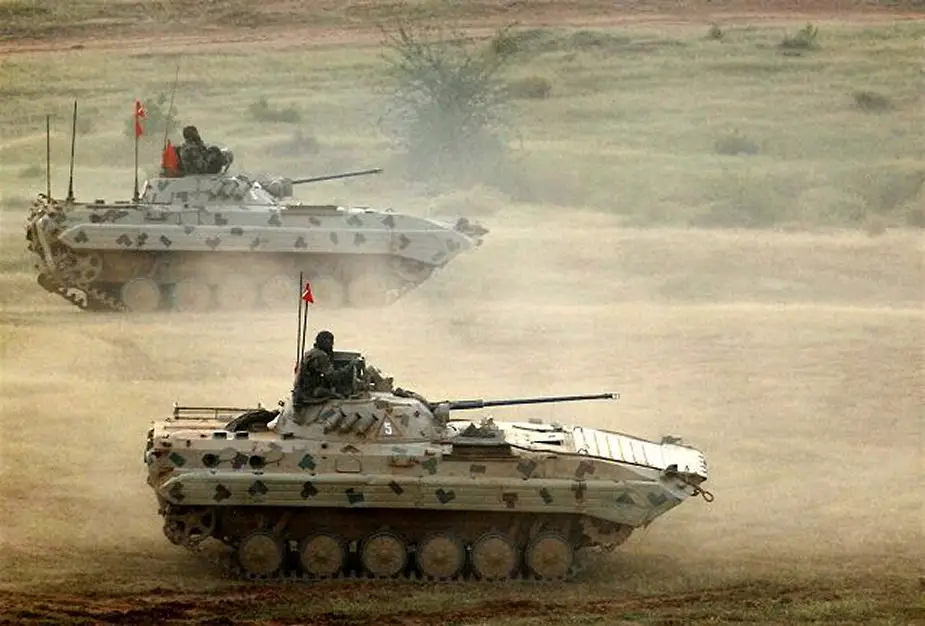
Defense Express notes that this initiative looks interesting not only as a standalone modification but also can build up on other protective measures, such as slat armor, colloquially known as "cope cages," and electronic warfare systems. However, this idea has both pros and cons to consider.
One key challenge is that India must develop programmable 30mm shells basically from scratch. The Indian defense industry is tasked with creating a domestically produced solution, then the military will carry out a competition to select the most suitable one, with the main requirement being maximum local production.

New ammunition will inevitably necessitate some other adjustments. For example, the BMP-2’s fire control system will need upgrades to support the use of airburst rounds.
Furthermore, an important matter is how far the 2A42 cannon will be able to shoot these shells. While the cannon's officially rated range against aerial targets is 2,000 meters, this distance likely applies to larger targets like helicopters. For smaller, faster drones, the effective range may be closer to 1,000 meters.
Despite these issues, the concept of equipping BMP-2s with a special anti-drone round is a forward-thinking move. With India operating a fleet of 2,400 BMP-2s, as reported by The Military Balance 2024 (IISS), even a partial upgrade could be a significant improvement in adapting to modern drone threats.
However, its success in practice will require some modifications to the vehicle and tactical ingenuity from the vehicle crews to utilize this capability in real combat situations.
Read more: India Eyes russian Voronezh Over-the-Horizon Radar After S-400 Penalty-Free Purchase





